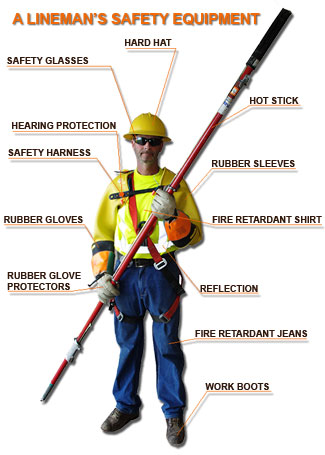I just came from the local library, it’s quite big, and most of it is made of an architectural design using mostly painted metal book shelves painted with some kind of anticorrosive paint along with glass floor all over the place, everything was fine and nice, until I started to get static electricity shocks around every single book shelf (yes the painted ones) in every floor almost all the time I took around 13 shocks in less than 20 min



As you can see most of the metal structure it’s joined by huge bolts (screws) so there is continuity all over the place (I checked) also there is a possibility to the metal structure to be joined to the structural studs of the building
I’m trying to find out how is it possible to "fix" something of this magnitude As an antecedent I installed an antistatic mat in my own home lab, along with the nonexistent at the time grounding rod and wiring across all the home, I do know antistatic mats have a huge impedance that “slows” the flow of current to mains earth while it discharges the body slowly to protect electronics of voltage differences between the desk, user and electronics, being at the same potential, like in the following picture

My theory for the library is that the users being insulated of earth and by being walking around a glass floor, are generating static electricity just by walking with their clothes on, the electrons find no way to discharge around the glass and as soon as they touch any metal book shelve they get discharged, there’s a chance of the system being grounded to mains earth, but as I recall a door knob can shock you like this even by not being grounded so I’m not sure, and a bit confused now
I’m thinking on several ways to solve this
1) The first idea that came to my mind was to to an arragement like an antistatic mat, add a 10MOhms power resistor to join the book shelves in several points to mains earth, this “might” slow the current flow of electrons and no shocks will be sensed, however my common sense tells me that the mat itsle fhas a high impedance unlike the book shelve, this might work to slow the flow across the resistor but it would make nothing for the user that will still get shocked due to the low resistance of the metal book shelves and THEN it will be slowed down across the resistor

2) Second I thought of painting the shelves but then I noticed they were already painted and the shock were happening even above the painting
3) I thought about looking for the bounding point to mains earth and, leave the metal structure as a “floating circuit” with no connection to mains earth, but this might get complicated since as i said before the metal structure might be touching the internal building structure
And from all this possible solutions, several questions arise,
a) Can static shocks occur from grounded and ungrounded metals?
b) How do you prevent getting zapped when everything around you is metal and glass floors?
c) What is the worst case scenario if I unbound the metal structure from mains earth? (Not contacts, nor lighting rods, just make sure to leave the metal book shelves ungrounded), will the user still get shocked?






Triboelectric effectis very likely what's generating the voltage -- this is more noticable in dry air. See this answer: electronics.stackexchange.com/questions/26956/… \$\endgroup\$triboelectric series, and typical shoes have rubber soles -- a material near the opposite end of the triboelectric series. \$\endgroup\$